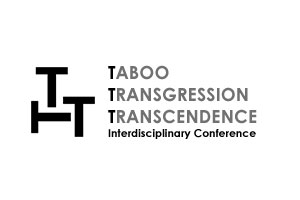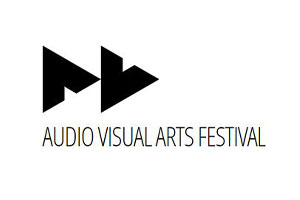Description: This module will introduce theoretically and practically aspects of the corporeal in intermedial performance. Through lectures and workshops, it will introduce and analyse indicative examples of practice, discuss different modes of experience, and engage with relevant theoretical models and debates surrounding performativity and embodiment in an intermedial context. As part of this module, there will be opportunity to participate in workshops that will offer students a first-hand experience of telematic performance. This will be taught in split sites in collaboration with the Dance Department at Liverpool John Moores University through tele-conferencing. Tutors on both ends will deliver a laboratory for participants on both sites and they will convene at Ionian University for discussion, analysis and the sharing of participants’ work at the end of the course.
Keywords: Intermediality, performance, corporeality
Objectives:
To provide students with an introductory overview of approaches to corporeal experience in intermedial performance.
To offer students opportunities to explore the creative relationship of movement/dance with digital technology in an intermedial setting.
To introduce students to current or recent applications of technology in movement based performance.
Prerequisites/advisable prior knowledge: Basic IT skills will be needed for this course. No previous knowledge in dance is required. However, openness and interest in exploring the relationship between technology and the body/movement through movement improvisation is strongly advisable.
Technical Requirements
Individual laptop or I-Pad
Comfortable clothes (T-Shirt, stretch trousers and cotton socks to be able to move in)
Evaluation feedback: At the end of the course, participants will have the opportunity to present, in small groups, a short exploration of intermedial performance as a result and culmination of the workshops and lectures offered.
Recommended reading list:
Ascott, R. (1990) Is There Love in the Telematic Embrace? Arts Journal. 49 (3), pp. 241-247
Bay-Cheng, S. Kattenbelt, C., Lavender, A., Nelson, R. (2010) Mapping Intermediality in Performance. Amsterdam University Press.
Broadhurst, S., and Machon, J. (2006) Performance and technology: Practices of virtual embodiment and interactivity, Palgrave MacMillan.
De Spain, K. (2000) Dance and technology: A pas de deux for post-humans. Dance Research Journal. 32 (1), pp. 2-17.
Dixon, S. (2007) Digital Performance: A history of new media in theatre, dance performance art and installation, MIT Press.
Kattenbelt, C. (2008) Intermediality in Theatre and Performance: Definitions, Perceptions and Medial Relationships. Culture, Language and Representaiton. VI, pp. 19-29.
Kolcio, K. (2005) A Somatic Engagement of Technology. International Journal of Performance Arts and Digital Media. 1 (2), pp. 101-125.
Kozel, S. (1994) Spacemaking: Experience of a virtual body. Dance Theatre Journal. 11 (3), pp.12-13, 31, 46-47.
Naugle, L. (2001) Technique/technology/technique. In: DILS, A. and COOPER ALBRIGHT, A. (eds.) Moving history/dancing cultures: A dance history reader, Wesleyan University Press, pp. 459-461.
Nicolle, A.A.M., and Pexman, P.M. (2003) Displaying your finding: A practical guide for creating figures, Posters and presentations. American Psychological Association.
Popat, S. (2006) Invisible Connections, Routledge.
Povall, R. (2001) A little technology is a dangerous thing. In: DILS, A. and COOPER ALBRIGHT, A. (eds.) Moving history/dancing cultures: A dance history reader, Wesleyan University Press, pp. 455-458.
Preston-Dunlop, P. & Sanchez-Colberg, A. (2002) Dance and the performative: A choreological perspective – Laban and beyond. Verve Publishing.
Schechner, R. (2002) Performance studies: An introduction, Routledge.
Schiphort, T.H.H.M, (2009) The Varieties of User Experience: Bridging Embodied Methodologies from Somatics and Performance to Human Computer Interaction. [Unpublished PhD Thesis]. University of Plymouth.
Thompson, S.L. (2002) An exploration of live forms - generated choreography and computer enhanced dance performance. York University.
Back to courses





